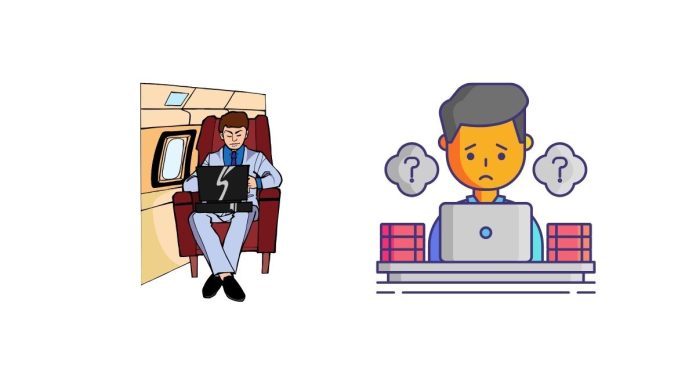The Travelling Salesperson Problem (TSP) is a classic optimization problem in computer science and operations research. The problem can be stated as:
Problem Statement:
Given:
1. A list of cities.
2. The distances (or costs) between every pair of cities.
Find: The shortest possible route that visits each city exactly once and returns to the starting city.
Characteristics:
Input: A weighted graph where nodes represent cities and edges represent distances or costs.
Output: The optimal route (or path) and its total cost.
Goal: Minimize the total cost (e.g., distance or time).
Approaches to Solve TSP:
1. Brute Force:
Enumerate all possible permutations of the cities.
Calculate the cost for each route.
Choose the route with the minimum cost.
Complexity: , where is the number of cities.
2. Dynamic Programming (Held-Karp Algorithm):
Use a bitmask to represent subsets of cities.
Calculate the shortest path to a city from any subset.
Complexity: .
3. Approximation Algorithms:
For example, the Nearest Neighbor Algorithm:
Start from a city and repeatedly visit the nearest unvisited city.
Return to the starting city when all cities are visited.
Faster but not guaranteed to find the optimal solution.
4. Heuristics:
Methods like Genetic Algorithms, Ant Colony Optimization, and Simulated Annealing can find near-optimal solutions for larger instances of TSP.
5. Integer Linear Programming (ILP):
Model TSP as an optimization problem using constraints and solve it with solvers like Gurobi or CPLEX.
Variants of TSP:
Asymmetric TSP (ATSP): Distances between cities are not symmetric.
Multi-Depot TSP: Multiple starting points.
Vehicle Routing Problem (VRP): Extends TSP with multiple vehicles.
TSP with Time Windows: Each city must be visited within a specified time range.
Applications:
Logistics and supply chain management. Manufacturing (e.g., drilling machines visiting points on a circuit board). Transportation and route optimization. DNA sequencing in bioinformatics.


